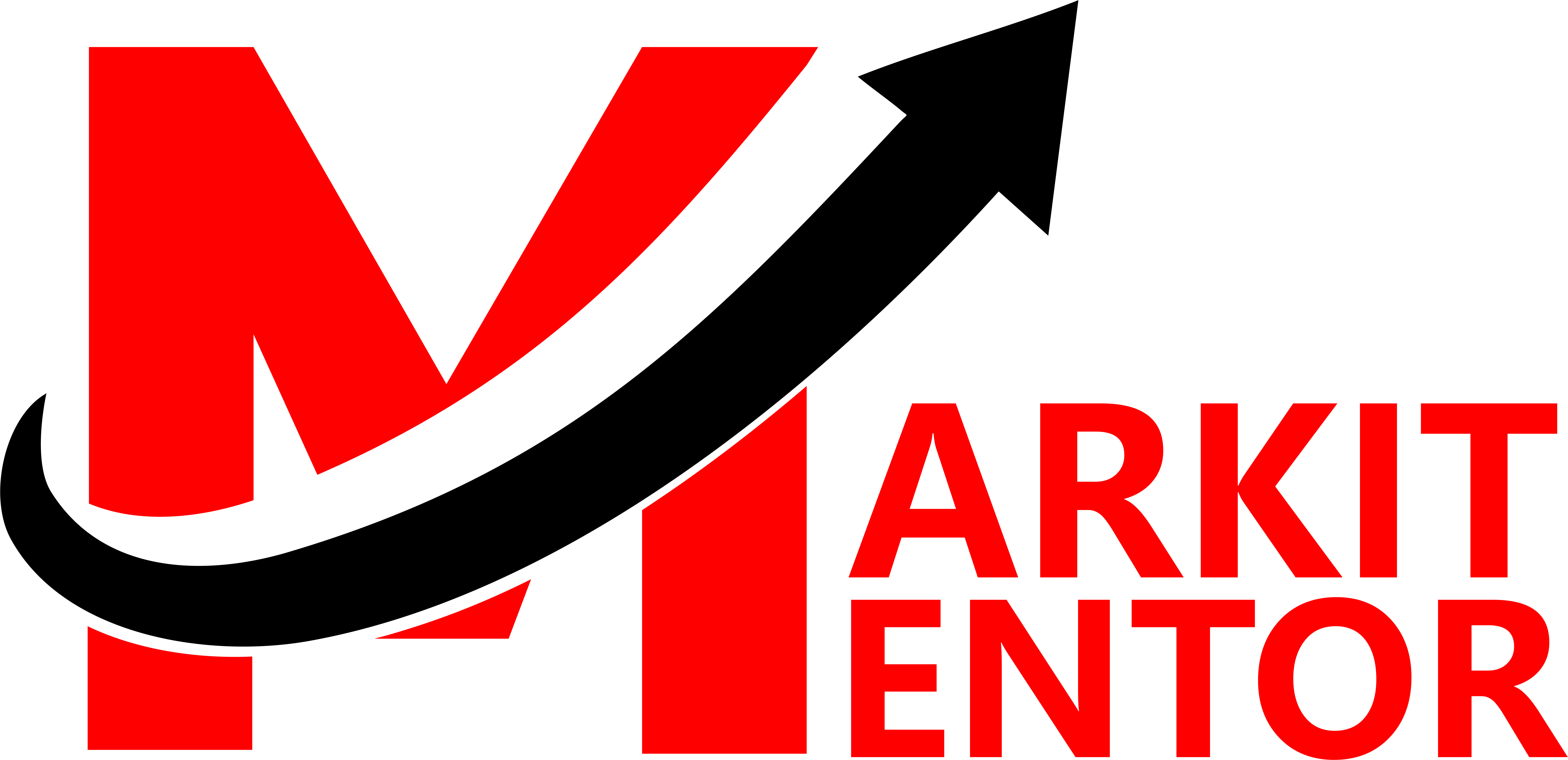Introduction to Content Marketing
Content marketing stands as a vital component within effective digital marketing strategies. Yet, what precisely does content marketing entail? To put it simply, content marketing involves the creation and dissemination of valuable, pertinent, and reliable content, all aimed at captivating and involving a precise intended audience. This practice transcends conventional advertising by furnishing enlightening, instructive, or enjoyable content, thus fostering the establishment of trust and credibility with the audience.
What is Content Marketing?
Content marketing can take many forms, including blog posts, articles, videos, podcasts, infographics, social media posts, and more. The key is to create content that is tailored to the needs and interests of your target audience. By doing so, you can establish yourself as an authority in your industry and attract a loyal following. Content marketing is not about directly promoting your products or services; instead, it focuses on providing value to your audience and building long-term relationships.
Benefits of Content Marketing
The benefits of content marketing are numerous. Firstly, it helps drive traffic to your website. By consistently creating high-quality content that is optimized for search engines, you can increase your website’s visibility and attract organic traffic. Secondly, content marketing helps build brand awareness and credibility. When you consistently deliver valuable content, you position yourself as an expert in your field and gain the trust of your audience. This, in turn, can lead to increased customer loyalty and repeat business.
Content marketing also plays a crucial role in lead generation and nurturing. By offering valuable content in exchange for contact information, you can capture leads and guide them through the sales funnel. Furthermore, content marketing allows you to engage and interact with your audience. Through blog comments, social media conversations, and email newsletters, you can build a community around your brand and foster meaningful relationships with your customers.
Content Marketing Statistics
To further emphasize the importance of content marketing, let’s take a look at some statistics. According to a study by the Content Marketing Institute, 91% of B2B marketers use content marketing to reach their target audience. Additionally, companies that consistently publish high-quality content generate 67% more leads than those that do not. Furthermore, content marketing costs 62% less than traditional marketing and generates three times as many leads.
Content Marketing Strategy and Management
Building a successful content marketing strategy requires careful planning and management. A solid strategy ensures that your content aligns with your business objectives and effectively reaches your target audience. Start by clearly defining your target audience and understanding their needs and pain points. This will help you create content that resonates with them and provides value.
Next, determine your goals and key performance indicators (KPIs). Are you looking to increase website traffic, generate leads, or boost brand awareness? Set specific, measurable, attainable, relevant, and time-bound (SMART) goals to track your progress. Additionally, consider the different stages of the buyer’s journey and create content that addresses each stage, from awareness to consideration to decision.
Creating an Effective Content Marketing Plan
To create an effective content marketing plan, you need to consider several key elements. First, define your brand voice and tone. Your content should reflect your brand’s personality and values. Next, conduct keyword research to identify the topics and keywords your target audience is searching for. This will help you optimize your content for search engines and increase your chances of ranking higher in search results.
Once you have your topics and keywords, create an editorial calendar to plan and organize your content production. This will ensure that you consistently publish high-quality content and stay on track with your content marketing goals. Don’t forget to include a mix of different content formats to cater to different preferences and learning styles.
Essential Elements of a Successful Content Marketing Strategy
A successful content marketing strategy incorporates several essential elements. Firstly, quality is paramount. Your content should be well-researched, informative, and engaging. It should provide value to your audience and demonstrate your expertise. Secondly, consistency is key. Regularly publishing content helps you stay top-of-mind with your audience and build trust over time.
Another crucial element is promotion. Simply creating great content is not enough; you need to actively promote it to get it in front of your target audience. Utilize social media, email marketing, and other distribution channels to amplify your content’s reach. Lastly, measure and analyze your results. Use analytics tools to track the performance of your content and make data-driven decisions to optimize your strategy.
Different Types of Content Marketing
Content marketing encompasses a wide range of content types. Blog posts are a popular choice, as they allow you to provide in-depth information and showcase your expertise. Videos are another effective form of content marketing, as they can be highly engaging and shareable. Podcasts have also gained popularity, offering a convenient way to consume content on the go.
Infographics are great for presenting complex information in a visually appealing and digestible format. Social media posts allow for quick and frequent interactions with your audience. Ebooks and whitepapers are valuable resources that can be used for lead generation. Choose the content types that best align with your audience’s preferences and your business goals.
Tips for Creating High-Quality Content
Creating high-quality content is essential for the success of your content marketing efforts. Here are some tips to help you create compelling and engaging content:
- Conduct thorough research on your chosen topic to provide accurate and up-to-date information.
- Write in a conversational tone to connect with your audience on a personal level.
- Use storytelling techniques to make your content more relatable and memorable.
- Incorporate visuals, such as images, videos, or infographics, to enhance the visual appeal of your content.
- Optimize your content for search engines by using relevant keywords and meta tags.
- Proofread and edit your content to ensure it is error-free and easy to read.
- Encourage audience engagement by including a call-to-action at the end of your content.
Tools and Resources for Content Marketing
Numerous tools and resources can help streamline your content marketing efforts. Content management systems like WordPress make it easy to create and publish content on your website. Social media management tools like Hootsuite allow you to schedule and automate your social media posts. Email marketing platforms like Mailchimp help you create and send targeted email campaigns.
Additionally, keyword research tools like SEMrush and Google Keyword Planner can assist you in finding relevant keywords for your content. Analytics tools like Google Analytics provide valuable insights into your content’s performance. Content creation tools like Canva and Adobe Creative Cloud enable you to create visually appealing graphics and videos. Explore these tools and find the ones that best suit your needs.
Measuring the Success of Your Content Marketing Efforts
Measuring the success of your content marketing efforts is crucial to determine what is working and what needs improvement. Track key metrics such as website traffic, engagement rate, conversion rate, and social media reach. Set up goals and conversion tracking in Google Analytics to monitor your progress towards your objectives. Regularly analyze your data and make adjustments to your strategy based on the insights you gather.
Common Challenges in Content Marketing and How to Overcome Them
While content marketing can be highly effective, it also comes with its fair share of challenges. One common challenge is creating a consistent stream of high-quality content. To overcome this, develop a content calendar and plan your content in advance. Repurpose existing content or collaborate with industry experts to provide fresh perspectives.
Another challenge is standing out in a crowded content landscape. To differentiate yourself, focus on creating unique and valuable content that addresses your audience’s specific needs. Utilize storytelling and visual elements to capture attention. Additionally, actively promote your content through various channels to increase its reach.
Conclusion and Key Takeaways
In conclusion, content marketing is a powerful strategy that can help you attract and engage your target audience. By providing valuable, relevant, and consistent content, you can build trust, establish yourself as an authority, and drive business results. Remember to define your target audience, set clear goals, create high-quality content, and measure your results. With the right strategy and execution, content marketing can unlock a world of opportunities for your business.
Frequently Asked Questions (FAQs) on Content Marketing
1. What is content marketing?
Content marketing is a strategic marketing approach focused on creating and distributing valuable, relevant, and consistent content to attract and engage a target audience. The goal is to build brand awareness, establish credibility, and ultimately drive profitable customer actions.
2. What types of content are commonly used in content marketing?
Common types of content used in content marketing include blog posts, articles, videos, infographics, eBooks, whitepapers, podcasts, social media posts, case studies, and more. The choice of content type depends on the target audience and the message you want to convey.
3. How does content marketing differ from traditional advertising?
Traditional advertising primarily involves paid promotions that explicitly promote a product or service. Content marketing, on the other hand, focuses on providing valuable information and solving problems for the audience without overtly selling. It aims to build trust and relationships over time.
4. What are the benefits of content marketing?
Content marketing offers several benefits, including increased brand visibility, improved search engine rankings, higher audience engagement, enhanced brand authority, cost-effectiveness compared to traditional advertising, and the ability to nurture leads through the sales funnel.
5. How do I determine my target audience for content marketing?
Identify your target audience by considering factors such as demographics, interests, pain points, behaviors, and preferences. Creating detailed buyer personas can help you understand your audience better and tailor your content to their needs.
6. What is the content marketing funnel?
The content marketing funnel represents the stages a potential customer goes through: Awareness, Consideration, and Decision. Content is created to address the needs of users at each stage, guiding them from initial awareness of a problem to making an informed purchasing decision.
7. How do I measure the success of my content marketing efforts?
Key performance indicators (KPIs) for content marketing include website traffic, engagement metrics (likes, shares, comments), conversion rates, lead generation, email subscription rates, and return on investment (ROI) from content efforts.
8. Is SEO important for content marketing?
Yes, SEO (Search Engine Optimization) is crucial for content marketing. Optimizing your content for search engines helps improve its visibility in search results, driving organic traffic to your website. Proper use of keywords, meta tags, and high-quality content can positively impact your SEO efforts.
9. How often should I create and publish new content?
The frequency of content creation and publishing depends on your resources, audience preferences, and the platform you’re using. Consistency is key, so create a schedule that you can realistically maintain. Quality should take precedence over quantity.
10. How can I repurpose content effectively?
Repurposing content involves taking existing content and presenting it in a different format. For example, you can turn a blog post into a podcast episode or an infographic. This maximizes the reach of your content and caters to various audience preferences.
11. What role does storytelling play in content marketing?
Storytelling is a powerful tool in content marketing as it helps create an emotional connection with your audience. By presenting your brand or message within a narrative framework, you can engage, captivate, and resonate with your audience on a deeper level.
12. How do I stay updated with content marketing trends?
Stay informed about content marketing trends by following industry blogs, attending webinars and conferences, reading marketing publications, and engaging with online marketing communities. Social media platforms can also be great sources of trend information.
13. Can B2B (business-to-business) companies benefit from content marketing?
Absolutely. B2B companies can use content marketing to showcase their expertise, provide solutions to industry-specific challenges, and establish themselves as thought leaders. Valuable content can attract and retain B2B clients, leading to increased trust and business opportunities.
14. Is content marketing suitable for small businesses with limited budgets?
Yes, content marketing can be highly effective for small businesses. It doesn’t always require a large budget, but rather a strategic approach and creativity. Consistently creating high-quality, targeted content can yield significant results even with limited resources.
15. How long does it take to see results from content marketing?
Content marketing is a long-term strategy. It may take several months to start seeing significant results, as it involves building relationships, establishing authority, and gaining trust. Patience and consistency are key factors for success.











